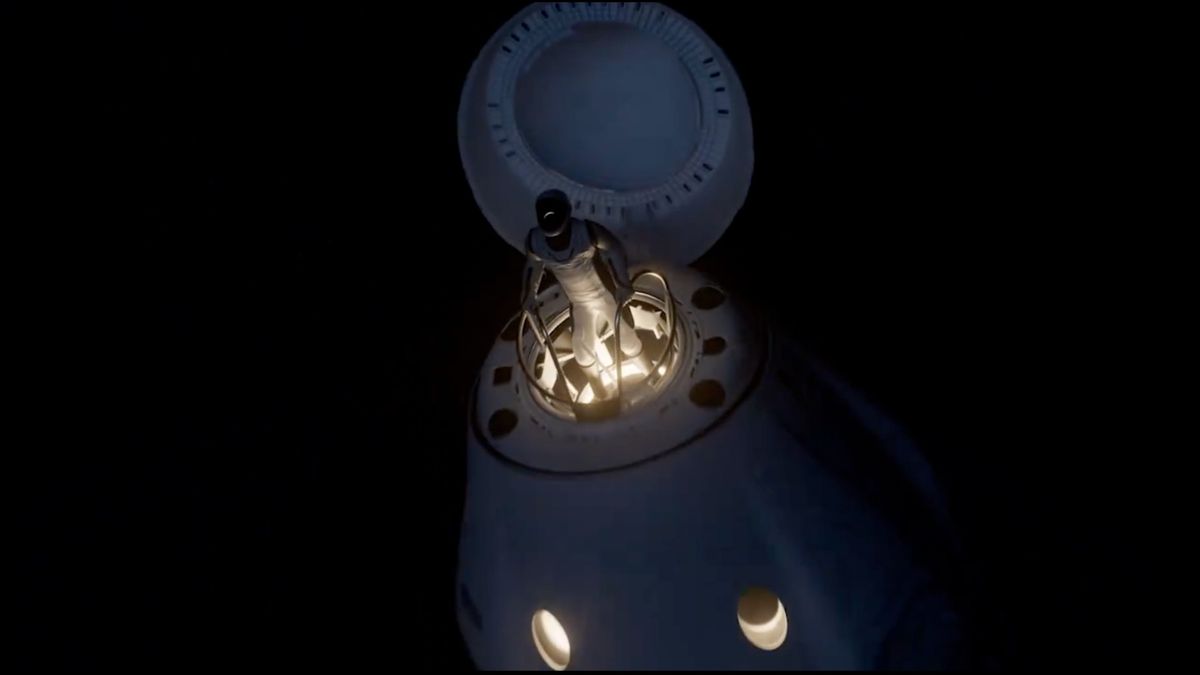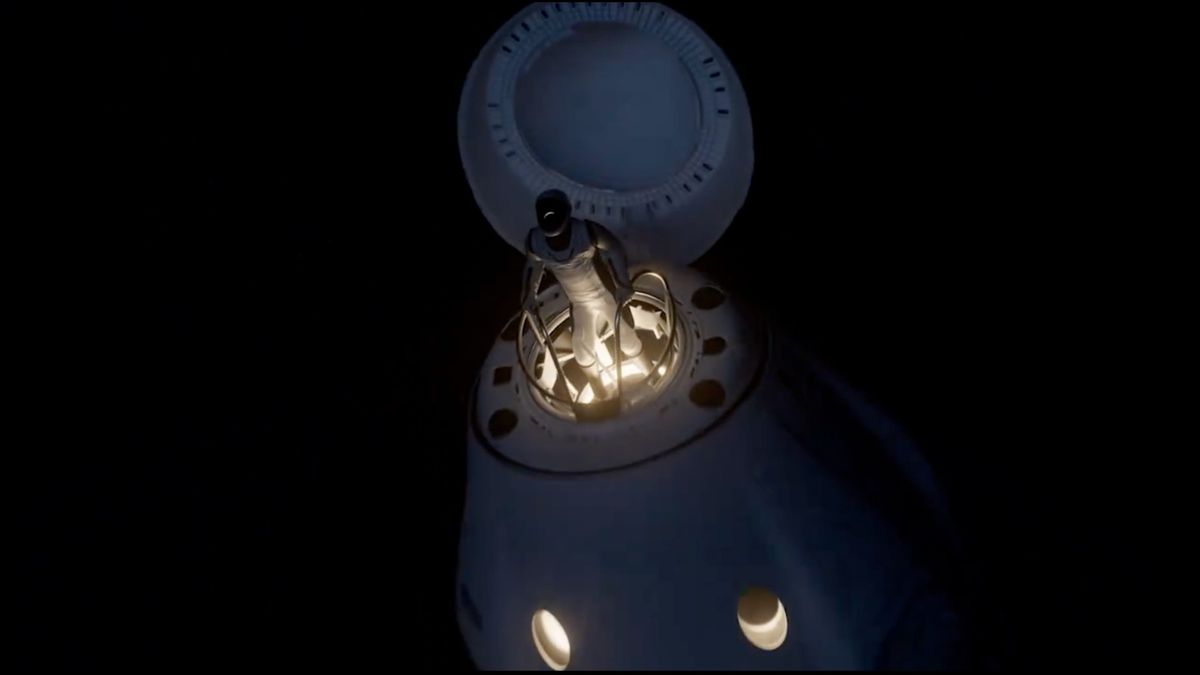
Polaris Dawn is poised to make history.
The SpaceX mission, which is scheduled to launch early Tuesday morning (Aug. 27), will send four people to orbit for five days aboard a Crew Dragon capsule. That quartet will get farther from Earth than any human since the Apollo era — and two of them will perform the first spacewalk ever conducted by a private mission.
Here’s a brief rundown of what to expect during the epic Polaris Dawn spacewalk, which you’ll be able to watch live, via a SpaceX webcast.
Mission Day 3
The spacewalk, or extravehicular activity (EVA), will take place on the third day of the mission — so, on Thursday (Aug. 29). SpaceX and the Polaris Dawn team have not yet announced a target time.
The EVA will feature two of the four crewmembers — commander Jared Isaacman, the billionaire tech entrepeneur who funded and organized Polaris Dawn, and mission specialist Sarah Gillis, an engineer at SpaceX. But the other two astronauts — mission specialist Anna Menon, also a SpaceX engineer, and pilot Scott “Kidd” Poteet, a former lieutenant colonel in the U.S. Air Force — will don their EVA suits as well. That’s because the Crew Dragon doesn’t have an airlock, so the capsule’s interior will be exposed to the vacuum of space.
The entire EVA operation — from the initial venting to the repressurization of the capsule — will take about two hours, Isaacman said during a press conference on Monday (Aug. 19).
The actual spacewalking component will comprise perhaps a third of that time. Isaacman and Gillis will spacewalk sequentially, not together, and each will likely spend 15 to 20 minutes outside the capsule, according to mission team members.
Both crewmembers will fully exit the Crew Dragon, Isaacman said. But don’t expect anything too fancy or dramatic, like Ed White‘s iconic spacewalk in June 1965 — the first-ever EVA by an American astronaut, during which White dangled far away from his Gemini capsule on a 23-foot-long (7 meters) tether.
“The Ed White photo is historic, but I think, as you know, Buzz Aldrin taught us that’s not the right way to do an EVA,” Isaacman said on Monday, adding that he and Gillis will aim to always maintain at least one point of contact with the “mobility aids” that SpaceX engineered for the mission.
“We’re just not going to be just floating around,” he said.
RELATED STORIES:
Testing, testing
Isaacman and Gillis will tick off a number of milestones during their time outside the Crew Dragon.
“It’ll look like we’re doing a little bit of a dance. And what that is is, we’re going through a series of test matrix on the suit,” Isaacman said. “The idea is to learn as much as we possibly can about the suit and get it back to the engineers to inform future suit design evolutions.”
Indeed, the EVA suits, which SpaceX developed in house, are not one-offs for Polaris Dawn alone. The company intends to use them — or future versions of them — on a variety of missions in Earth orbit and beyond.
“It’s not lost on us that, you know, it might be 10 iterations from now and a bunch of evolutions of the suit, but that, someday, someone could be wearing a version of which that might be walking on Mars,” Isaacman said. “And it feels like, again, a huge honor to have that opportunity to test it out on this flight.”
Polaris Dawn is the first of three planned missions in the Polaris Program, which Isaacman is organizing and funding. If all goes according to plan, the third Polaris flight will be the first-ever crewed mission of Starship, the enormous vehicle that SpaceX is developing to help humanity settle the moon and Mars.



